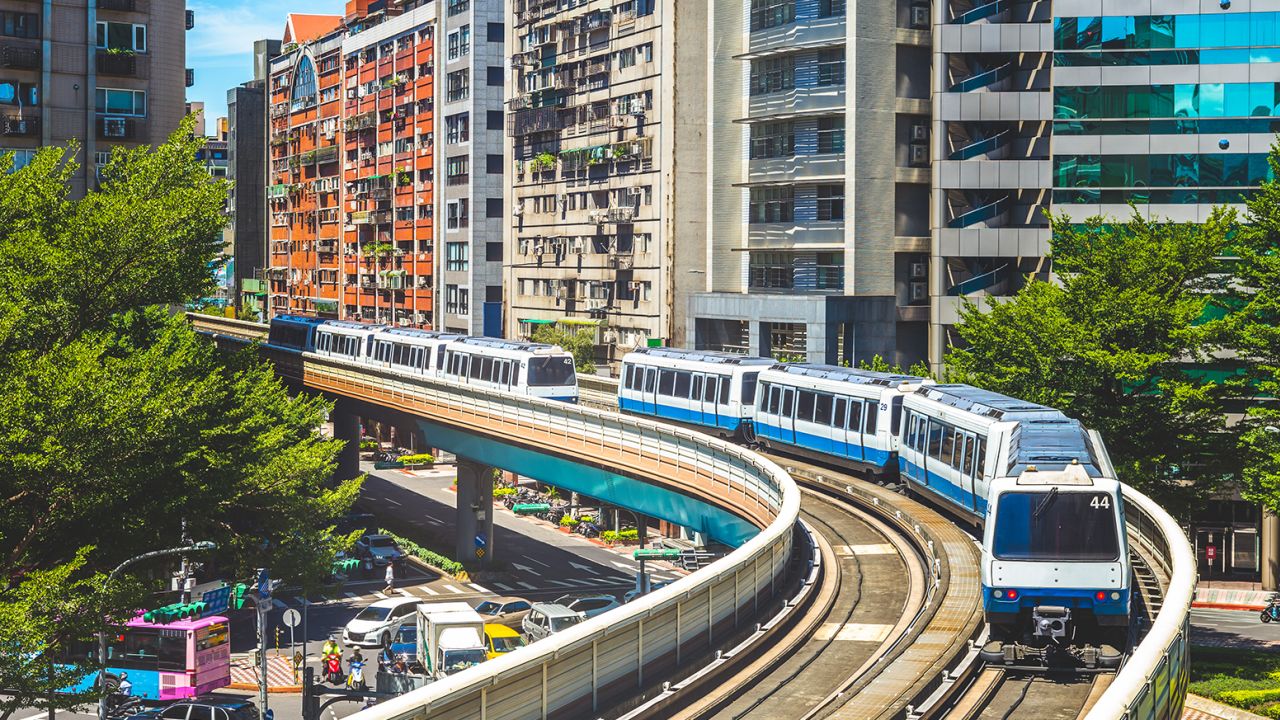Editor’s Note: Sign up for Unlocking the World, CNN Travel’s weekly newsletter. Get the latest news in aviation, food and drink, where to stay and other travel developments.
CNN
—
Europe and Asia dominate a new list of the world’s best cities for public transit.
Time Out, the publisher of global city guides, polled 20,000 people in 50 cities to find out how they feel about their local mass transit systems.
The top ten – out of 19 total cities listed – is entirely comprised of destinations in Asia and Europe, with Berlin landing in the number one spot.
The highest entry from North America is New York City at number 15, and no other continents are represented – better luck next year, Buenos Aires, Doha and Melbourne.
While only residents were surveyed, this list is also useful for travelers as they decide where to go next and how best to get around.
Public transit is a broad term that includes subways, above-ground trains, buses, trams and even ferries.
To make it onto Time Out’s list, at least 80% of polled residents had to agree that it’s easy to get around their city via mass transportation.
According to Time Out’s data, a whopping 97% of Berliners had positive things to say about their city’s mass transit infrastructure, praising the network for being reliable, comfortable and safe.
But there are other factors to consider when traveling by train or bus – namely, aesthetics.
Stockholm, in seventh place, was one of the cities praised for its beautiful subway stations. Many of its Tunnelbana stations feature colorful and dramatic designs, earning it the nickname “the world’s longest art exhibit.”
It’s not only the stations themselves that are known for good looks.
Hong Kong’s famous above-ground trains, known locally as “ding dings” for the sound they make, even have their own Pantone color, “HK Tram Green.”
These days, the trams appear in a range of colors and designs, but the iconic color dates from the post-World War II era, when the British military had a surplus of green paint.
Seven of the top 19 cities hailed for their mass transit systems are in Asia.
Most are in east Asia, with Singapore, Shanghai, and Taipei all picking up accolades, but Mumbai squeaked in at 19th place.
The Indian megacity recently introduced Chalo Pay, a new app that makes it easier to book and pay for transit tickets without needing to carry cash.
But it was Tokyo, in third place, that had the highest showing for the continent.
The city’s mass transit was applauded for being well-maintained, efficient and easy to navigate, even for non-Japanese speakers.

Six of the top 19 cities were in Europe, with an additional two – London and Edinburgh – in the UK.
Several of these cities won praise for having one unified payment system to cover a variety of forms of transit.
In Copenhagen, a regular commute can include water taxis that whisk travelers across the harbor, while 10-place Amsterdam makes it seamless to transfer between buses, trains and trams.
Perhaps it’s not a coincidence that both of these cities also appear on CNN’s list of the world’s best cities for exploring by bicycle.
Sustainability initiatives in the European Union mean that many metropolitan areas offer incentives to reduce car traffic. Whether you travel by tram, train or bicycle, it’s a way to visit major tourist attractions while reducing your carbon footprint.
1. Berlin, Germany
2. Prague, Czech Republic
3. Tokyo, Japan
4. Copenhagen, Denmark
5. Stockholm, Sweden
6. Singapore
7. Hong Kong
8. Taipei, Taiwan
9. Shanghai, China
10. Amsterdam, Netherlands
11. London, UK
12. Madrid, Spain
13. Edinburgh, UK
14. Paris, France
15. New York City, US
16. Montreal, Canada
17. Chicago, US
18. Beijing, China
19. Mumbai, India